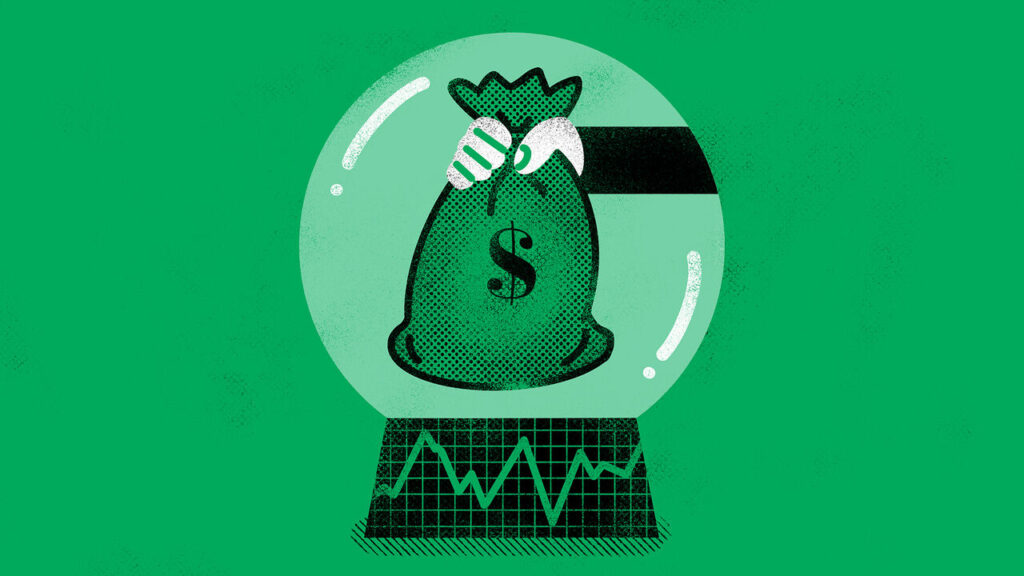The concept of a prediction market embodies the aspirations of economists seeking to harness collective intelligence and improve decision-making in uncertain environments. Imagine a landscape where each conceivable future scenario—be it the outcome of an election, the success of a new product, or economic indicators like inflation—is assignable a price, allowing individuals and organizations to hedge their bets or insure against potential loss. This market-oriented approach would undoubtedly find favor with two luminaries of economic theory: Kenneth Arrow and Gérard Debreu. Their contributions to general equilibrium theory highlight the importance of allocating resources efficiently in the face of uncertainty—a principle that aligns perfectly with the function of a prediction market.
A prediction market operates on the principle of collective knowledge; it draws upon the concept of the “wisdom of crowds.” This idea, popularized by James Surowiecki in his book of the same name, suggests that a diverse group of people can generate more accurate forecasts than experts by aggregating their individual information and insights. Thus, the prediction market serves as a dynamic platform where participants can buy and sell shares in various outcomes, effectively placing monetary value on their beliefs about future events. This mechanism ensures that prices reflect real-time collective expectations, creating a robust cue for decision-makers ranging from businesses to policymakers.
Moreover, nostalgia for the ideas of classical economists like Adam Smith and Friedrich Hayek seems palpable in the concept of prediction markets. Smith emphasized the power of the invisible hand of the marketplace to allocate resources efficiently without centralized control. In a similar vein, Hayek’s framework relied on the basis that information is decentralized and that individuals, driven by self-interest, ultimately contribute to societal welfare. The architecture of prediction markets exemplifies these principles as they facilitate a bottom-up approach to forecasting and economic coordination, thereby improving the aggregate knowledge base available to society.
Importantly, prediction markets can significantly mitigate risk by allowing participants to act as insurers. By enabling buyers and sellers to take positions based on their forecasts, these markets increase the ability to gauge risk accurately, which is crucial for businesses contemplating investments or governments exploring policy options. For instance, a firm launching a new product could engage in a prediction market to understand better how likely it is that the product will perform well, gathering insights from diverse perspectives.
However, the landscape of prediction markets is not without its challenges. There are regulatory concerns regarding gambling and financial market oversight that could hamper the development and operation of such platforms. The thin line between risk mitigation and speculative betting raises ethical and legal questions that need addressing. Moreover, ensuring the market remains liquid enough to provide meaningful price signals often requires active participation and engagement from informed traders. This could lead to complications in establishing a stable and efficient market.
In conclusion, envisioning a world defined by prediction markets encapsulates economists’ dreams, where the uncertainty of the future can be navigated with greater precision. The synthesis of Arrow and Debreu’s theoretical frameworks with the practical applications inspired by Smith and Hayek underscores the potential for these markets to enhance decision-making through collaborative intelligence. By addressing the inherent challenges and nurturing a conducive environment for prediction markets, society could create a powerful tool for aligning individual aspirations with collective knowledge, paving the way for a more informed, resilient, and adaptive economic ecosystem.









